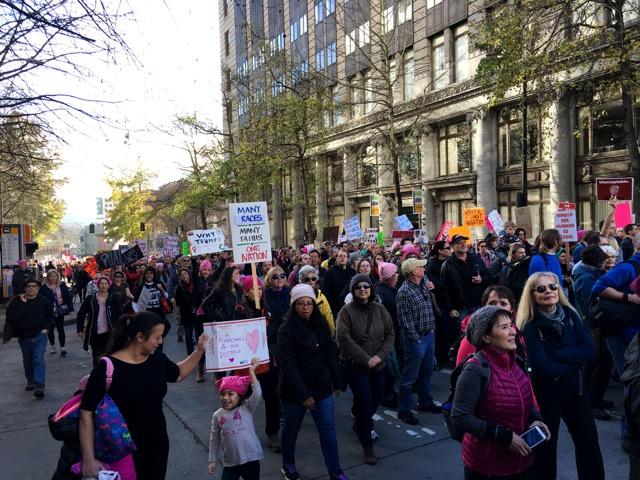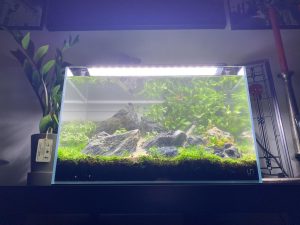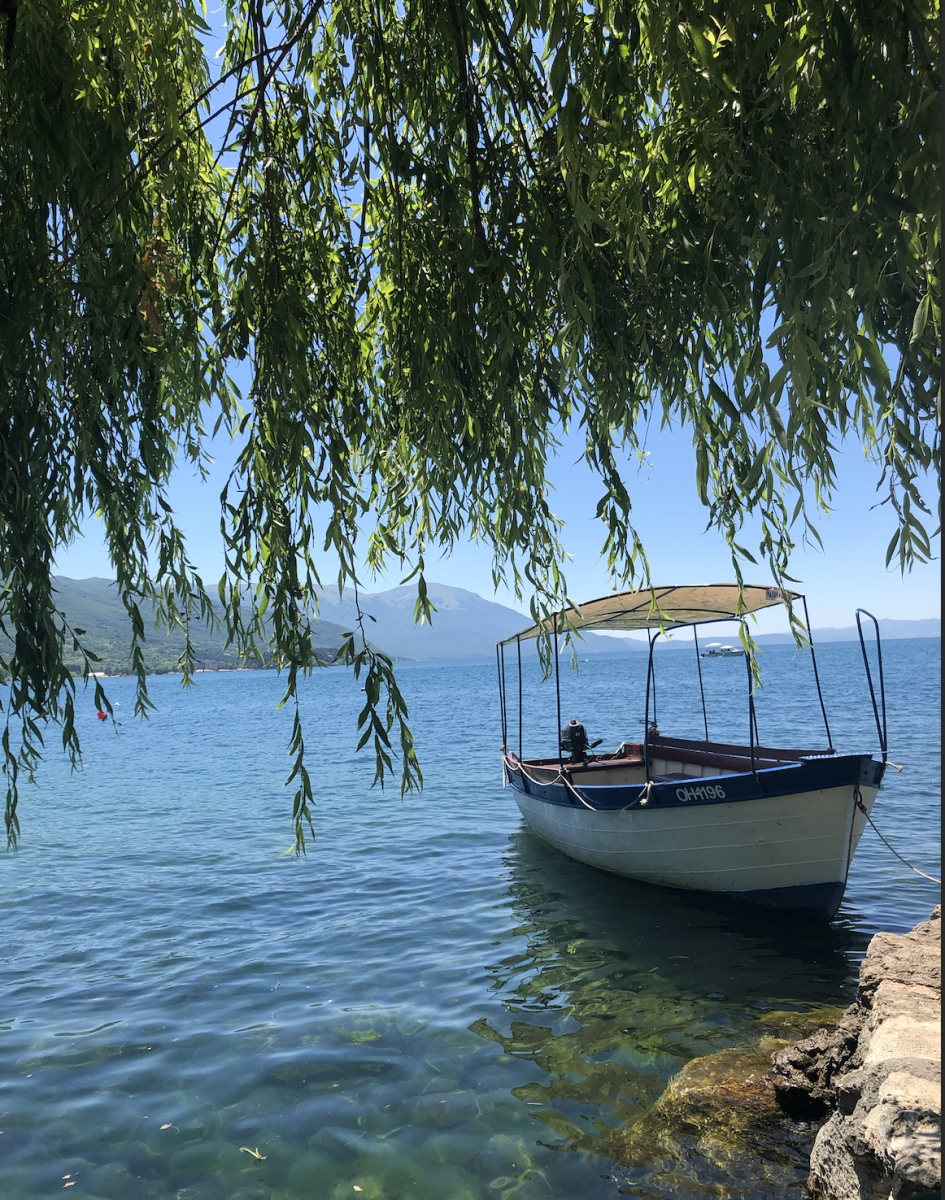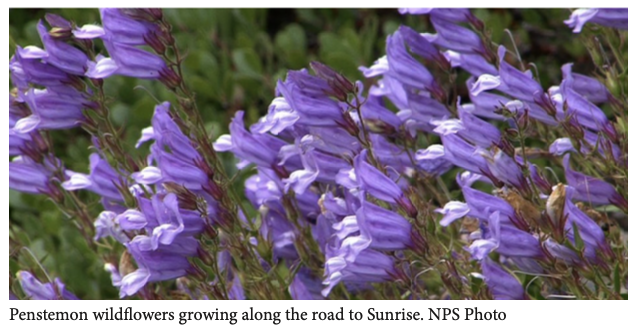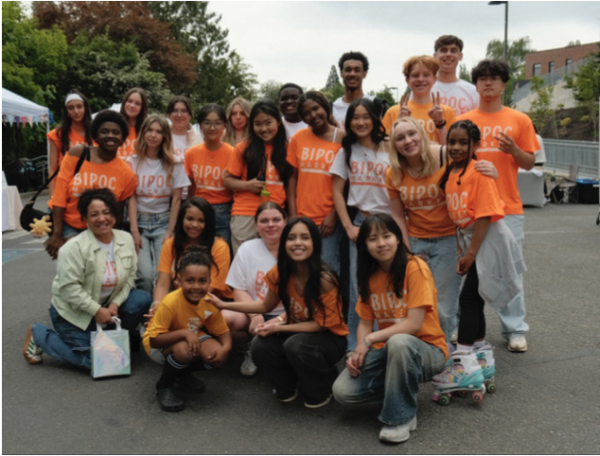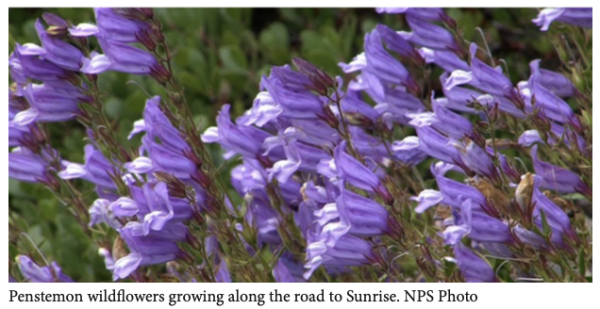Activism Returns
February 17, 2017
The 60s and 70s were the epitome of political activism. The Civil Rights Movement and the Vietnam War inspired lots of protests around the United States; popular were hippie glasses and cardboard signs with scrawled slogans promoting justice, peace and equality. This culture of activism died down in the 80s and hasn’t been a major aspect of American youth culture since – until recently. Ever since the divisive 2016 election, it seems that young people have been getting more involved in politics and activism.
Jeremy Pressman, a professor at the University of Connecticut, estimated that between 3.6 and 4.6 million people participated at the Women’s March that took place around the nation the day after the inauguration of Donald Trump, January 21. This makes the march the largest protest in United States history. The march was a show of solidarity for those who felt marginalized by the election of Donald Trump, specifically, women, refugees, members of the LGBTQIA community, and people of color.
Then, when Donald Trump passed the travel ban, protests erupted at airports and city centers all over the nation. The link light rail in Seattle was closed down briefly due to such high masses of people. The American Civil Liberties Union made $24,164,691 in online donations in one weekend, which is six times as much as they earn in online donations in a normal year. This profit was due to ACLU’s successful opposition to some major aspects of Trump’s travel ban. On February 10, a group of demonstrators attempted to stop Betsy Devos from visiting a public middle school in D.C. Celebrities, politicians, and average citizens are taking to twitter to voice their opinions and promote their causes publicly.
Our nation is very divided at the moment, but one silver lining is that this divide has inspired lots of activism and peaceful protests. Political activism is beginning to become a hallmark of the younger generation of the United States again.
Junior Phoebe Brown is passionate about activism and is involved in local (which for her is Utah) environmental activism:
“I am most involved in issues surrounding the environment, specifically I have recently been involved in protecting public lands in Utah. I always try and drag my parents along with me to press conferences, rallies, etc., and I always try and make them go to events in Salt Lake City even when I am here at school and can’t be as involved. I get emails and things from the Utah chapter of the Sierra Club, which I have found is a good way to be in the know about environmental issues around the state.
The Utah State government is currently suing the federal government over public lands and is pretty much always attacking them. I am passionate about working against this for selfish reasons such as I would rather hike around pristine and protected wilderness, but I also do believe in the intrinsic value of nature and wilderness and I believe in the value of public lands and the ownership and accountability they allow for citizens of the U.S. and residents of the state of Utah. I don’t know the extent to which I as an individual am enacting change as of now, but I don’t think I could really justify inaction in my own head. I grew up on these lands and they are beautiful and important not just to me but often to the significance they have to the tribes as well, so as a person who can be engaged fairly easily, it seems only right to be aware and involved. I encourage everyone to be engaged and informed citizens of whatever community they buy into–whether that’s Annie Wright, your city, your state, the world, etc. If there is something you are passionate about or something you hear that gets you fired up, there are always a lot of really easy and little steps you can take to become involved.”


